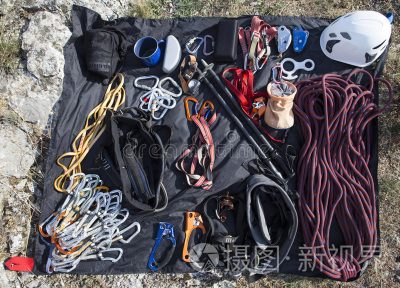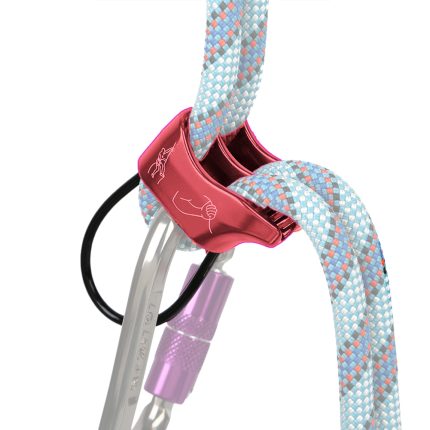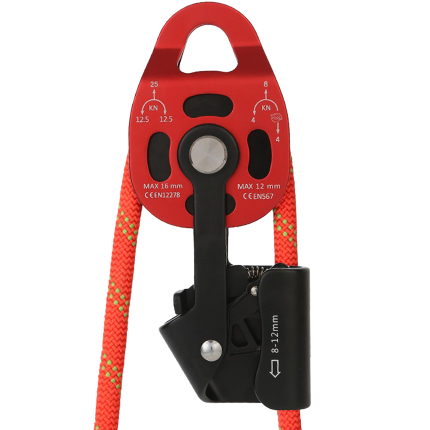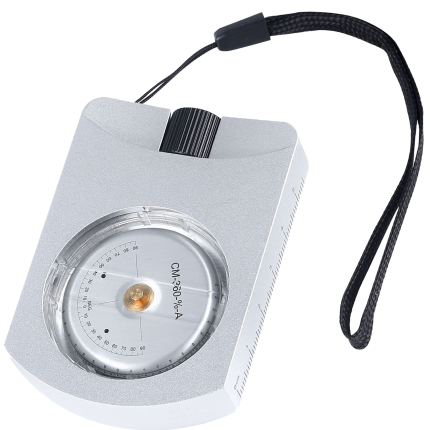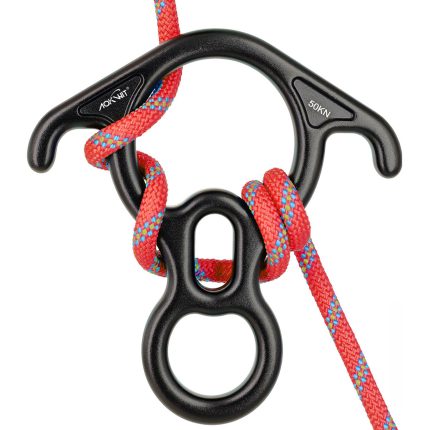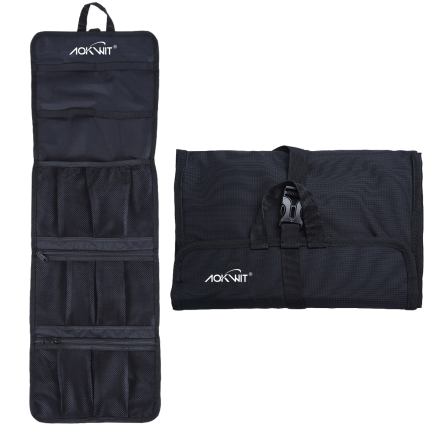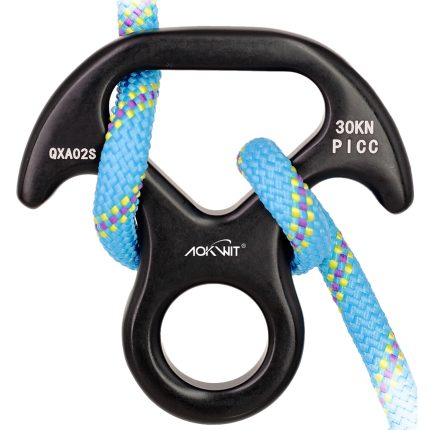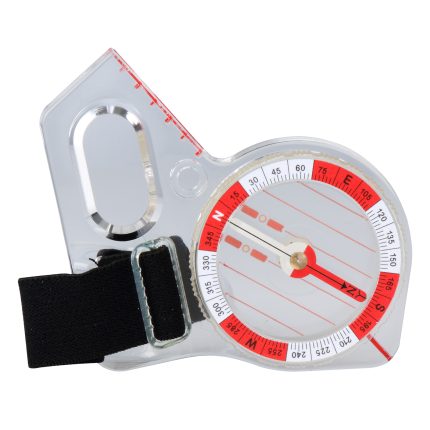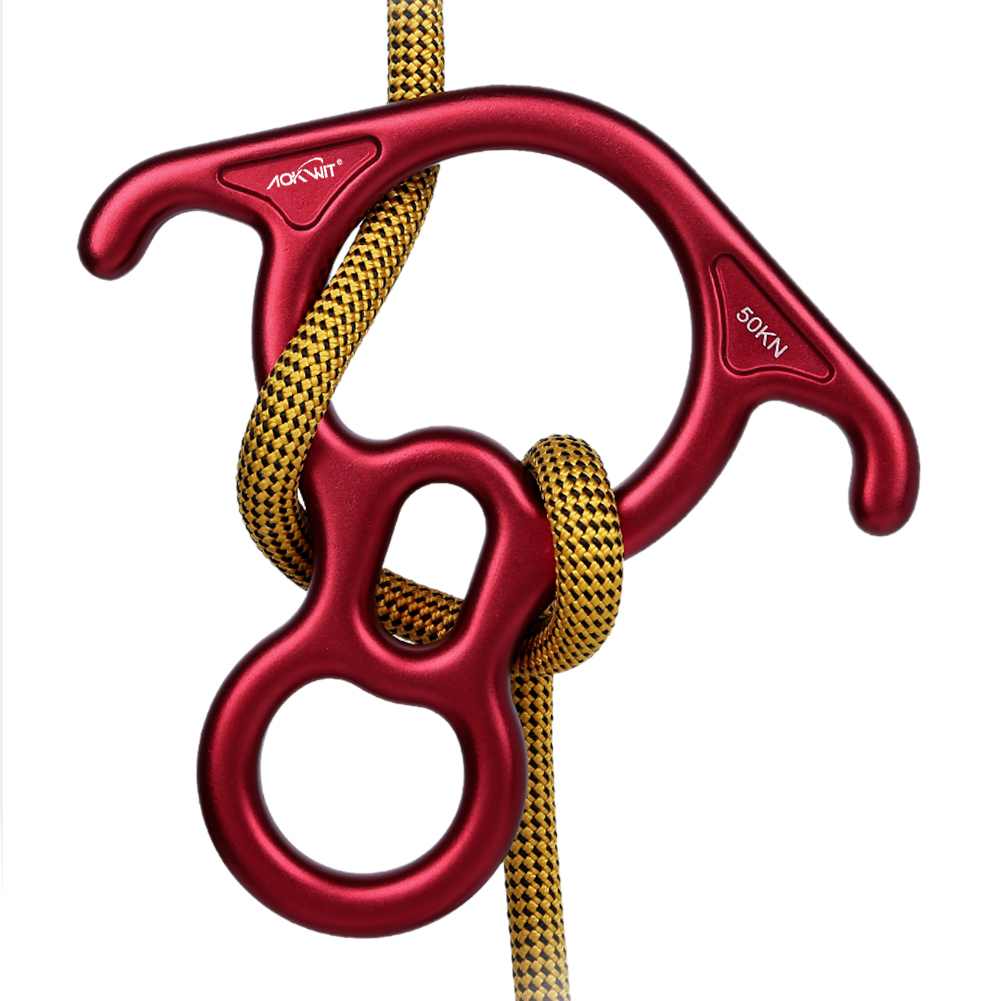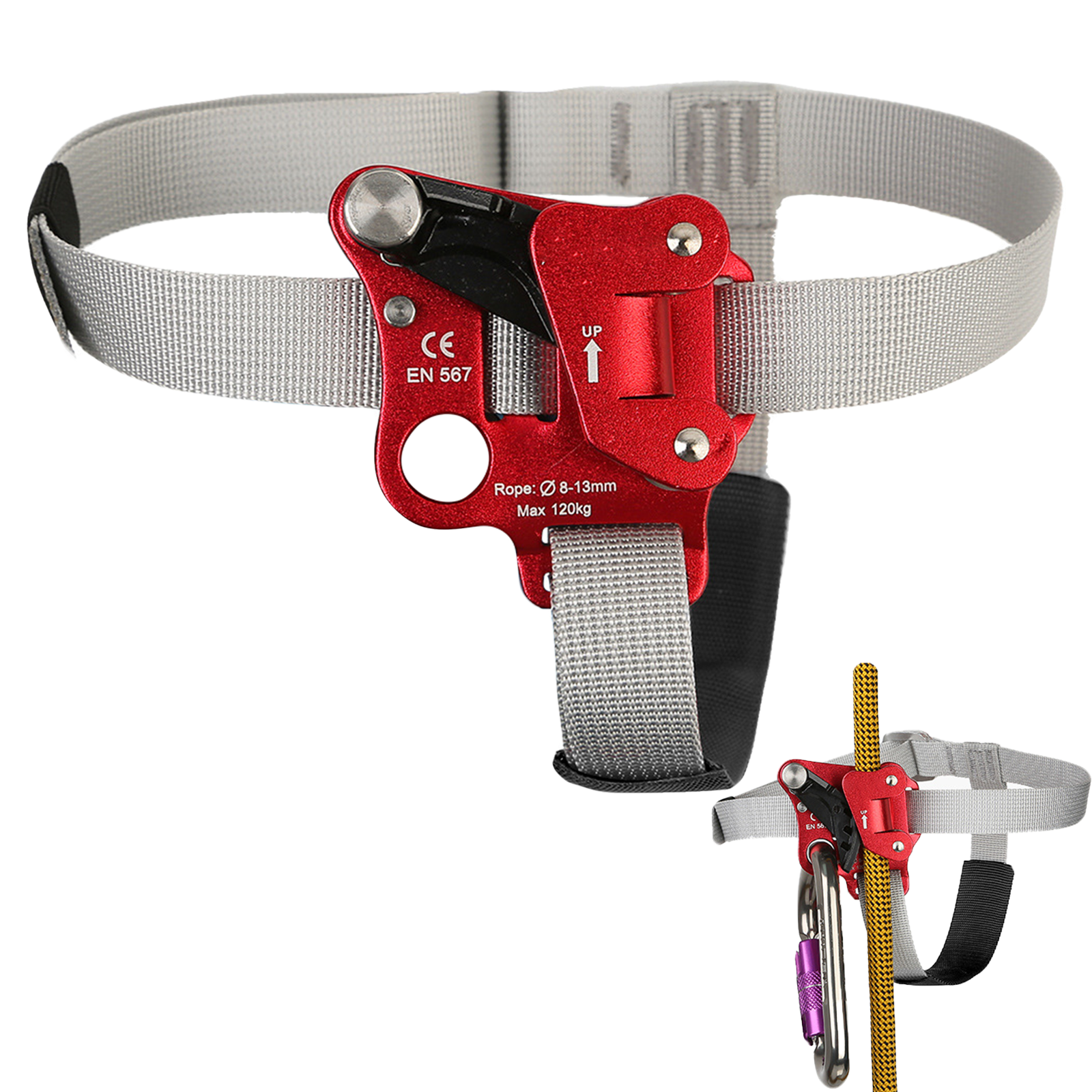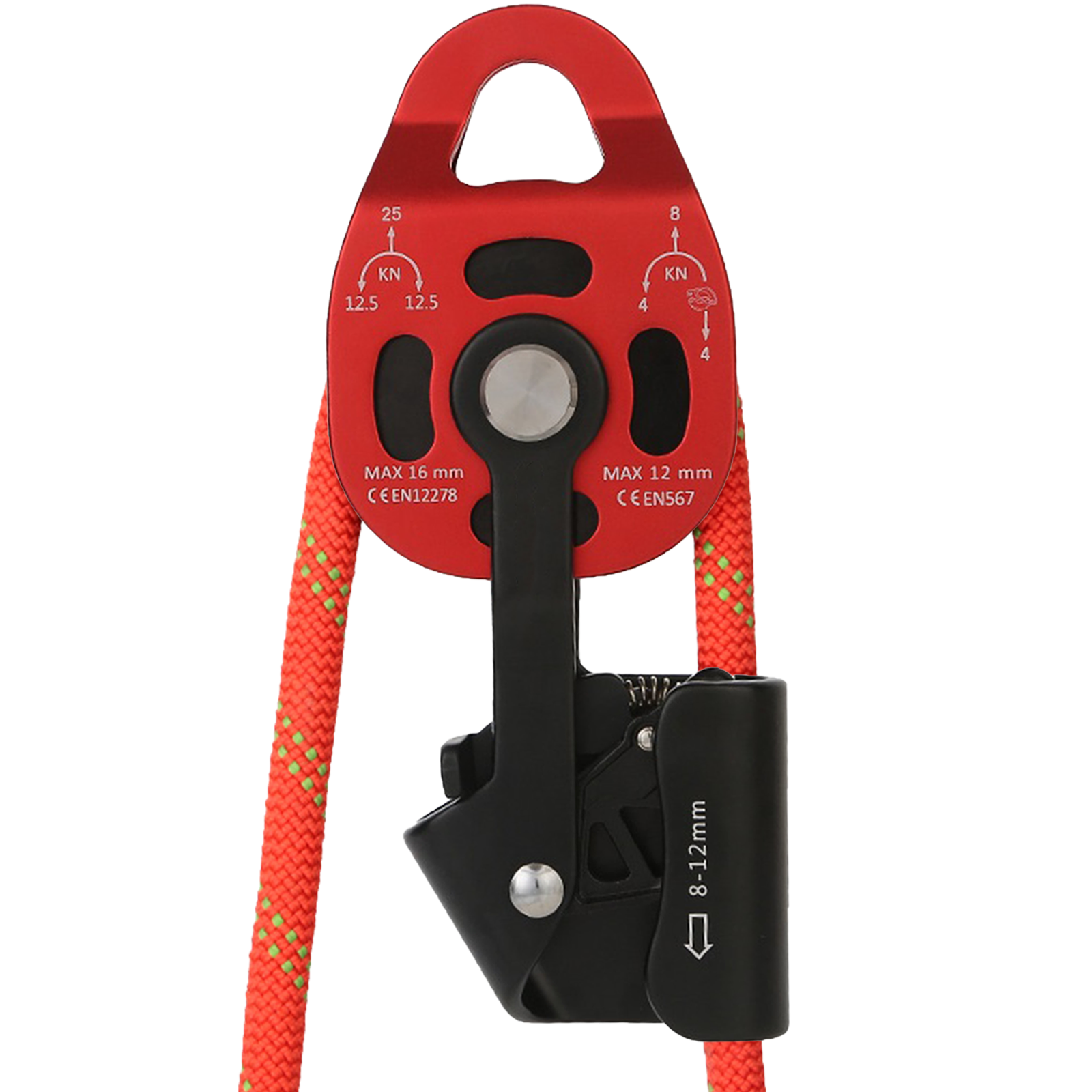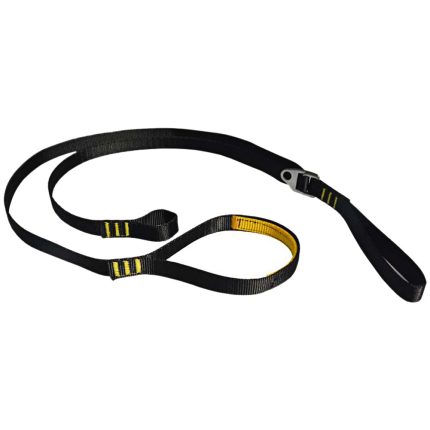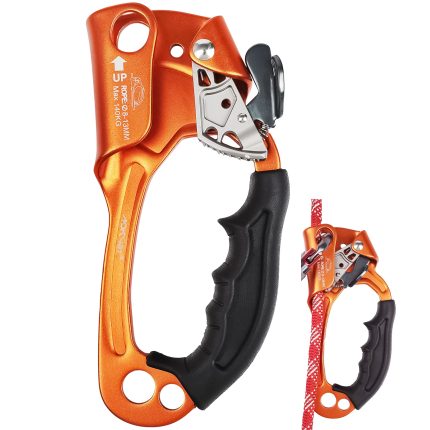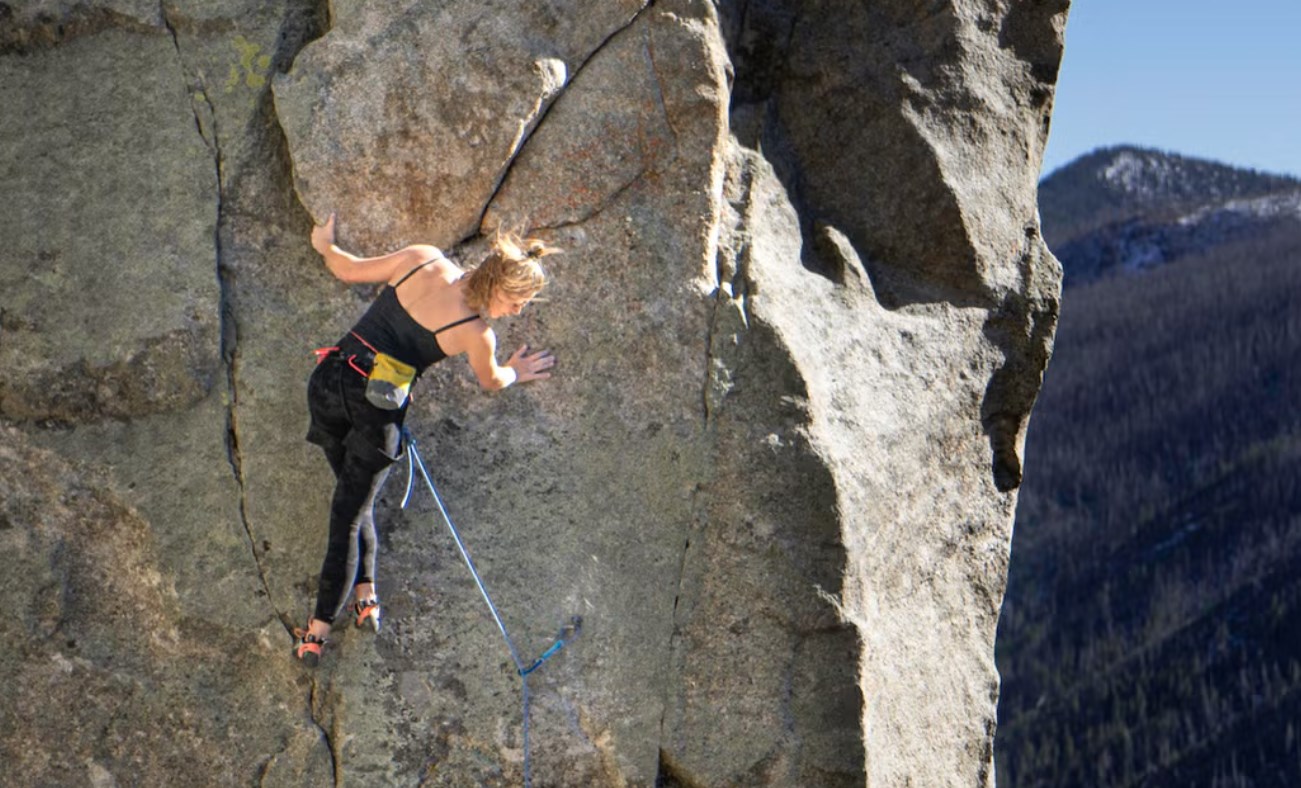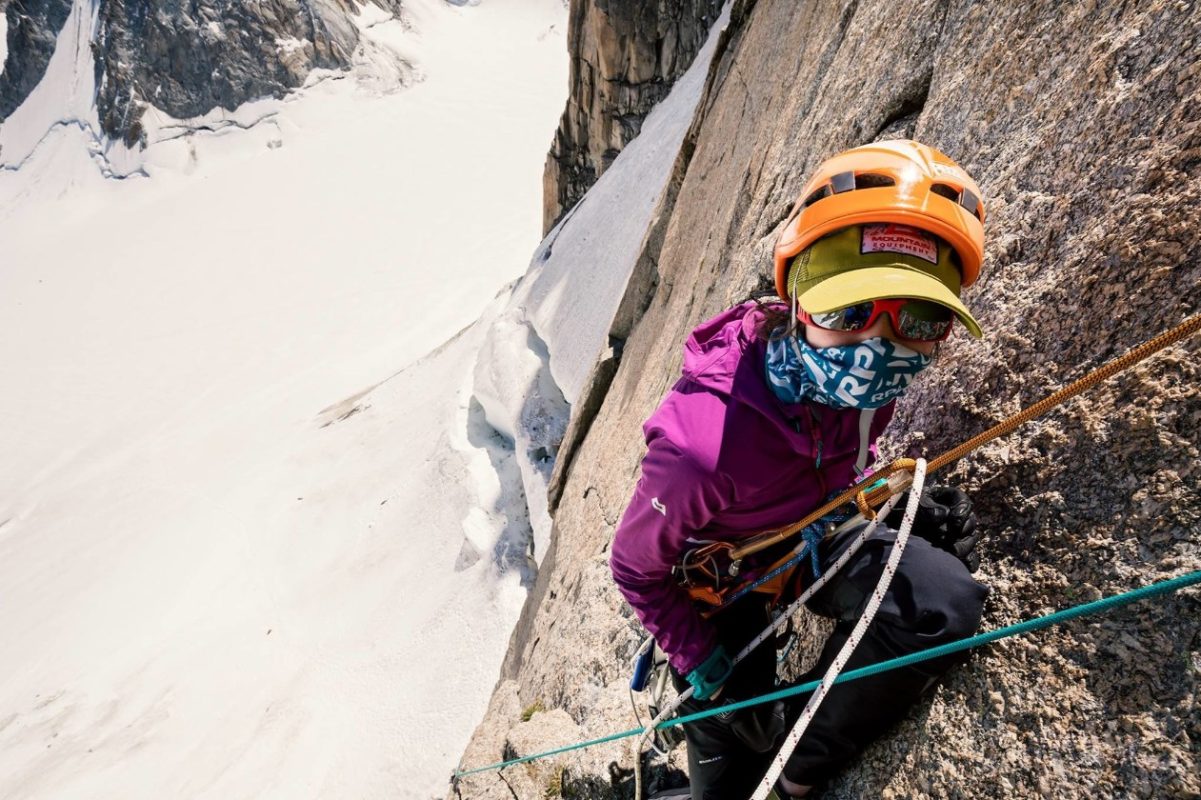Seven Essential Steps for Mountain Emergency Rescue

When an accident occurs, people often feel overwhelmed by countless tasks and chaotic priorities.
Among these, some actions require immediate attention, while others should be addressed only after gaining a clearer understanding of the situation.
The seven steps outlined below provide a structured framework to help organize and prioritize actions during an emergency, ensuring an optimal response.
Step 1: Control the Situation
Every team should designate a rescue leader in advance (distinct from the climbing leader) or appoint one temporarily. When an accident occurs, the rescue leader must quickly assess the situation, assign roles (e.g., caring for different injured individuals), and ensure the team responds efficiently. This prevents chaotic scenarios where everyone rushes to aid the most visibly injured person while neglecting others who may require urgent attention.
Step 2: Approach the Injured Safely
The priority here is to prevent further harm. Post-accident hazards such as falling rocks, avalanches, unstable objects, or lightning-prone terrain may persist. Ensure rescuers and the injured remain safe while approaching the accident site.
Step 3: Address Life-Threatening Injuries
1.Check Breathing and Pulse:
- If breathing stops, life is at immediate risk. Potential causes include lightning strikes, blunt force trauma, strangulation, carbon dioxide poisoning in snow caves/tents, or a punctured chest cavity.
- Relocate the injured to a safe area (e.g., for CO₂ poisoning) or remove obstructions to restore breathing.
- For chest wounds compromising breathing, immediately seal the wound with a hand, then apply an airtight bandage.
2.Perform Rescue Breathing:
- If breathing is absent and no cervical spine injury is suspected, tilt the head back and lift the chin to open the airway. If cervical injury is possible, lift the jaw forward without tilting the head.
- Pinch the nose, cover the mouth with yours, and deliver a slow breath (2 seconds) until the chest rises. Repeat once. Follow with chest compressions: press the center of the chest (between the nipples) at 100 compressions per minute, 4–5 cm deep, for 15 compressions. Alternate 2 breaths with 15 compressions until breathing resumes.
3.Control Severe Bleeding:
Apply direct pressure to the wound or elevate the injured limb. Once bleeding slows, dress the wound with sterile gauze. Rescuers must clean blood from their hands immediately to prevent infection.
4.Ensure Safety During Treatment:
If necessary, move the injured to a secure location first. For suspected spinal injuries, maintain alignment of the head, neck, and spine during relocation.
Step 4: Protect the Injured
Minimize physiological and psychological stress. Keep the injured warm in cold environments, address their immediate needs, and reassure them calmly that help is underway.
Step 5: Check for Other Injuries
After stabilizing life-threatening conditions, conduct a full-body assessment. Internal injuries or less obvious trauma may only become apparent during a thorough examination.
Step 6: Develop an Action Plan
The rescue leader, now informed of all injuries, should collaborate with the team to decide whether to evacuate, send for help, or wait for external救援. Consider available resources, terrain, weather, and the severity of injuries. The goal is to ensure the injured receive timely and effective treatment.
Step 7: Execute the Plan
Continuously monitor the injured and environmental conditions. Adapt the plan as needed if circumstances change.
In chaotic post-accident scenarios, rigidly following every guideline may not be feasible. Flexibility is crucial, but the theoretical framework remains invaluable—it is often distilled from practical experience.
Key Considerations:
- Prioritize treating a silent, shock-stricken victim over someone screaming with a broken leg.
- When aiding an unconscious person in a tent, check for hazards like carbon dioxide buildup before performing rescue breathing.
- Effective decision-making requires a holistic view of limited resources, time, and manpower. Sometimes, difficult choices must be made to minimize overall harm.
Finally, may every journey end safely!











